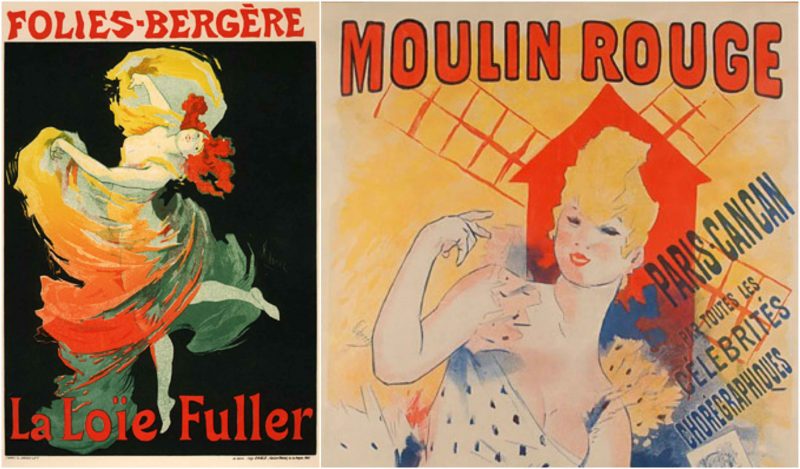Jules Chéret was a French artist who mastered the art of lithography in the late 19th and early 20th century. He wasn’t a privileged boy, and he didn’t receive much of a formal education, but he had a background of very artistic and creative family which was enough for him to become one of the most prolific designers of his time. The list of his clients went from local cabarets through the Folies Bergère to the Théâtre de l’Opéra.
He was born in Paris in 1836. His family was poor, but they were all very creative artists. He was only 13 when he became a disciple of a local lithographer and assisted him for three years. He gained enough knowledge to enroll at the École Nationale de Dessin. Like many of his contemporaries, Chéret was learning the painting techniques and was getting inspired by visiting the museums and studios of past and present artists around Paris.
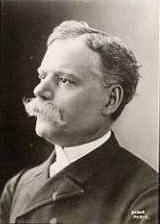
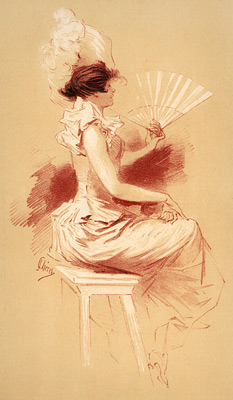
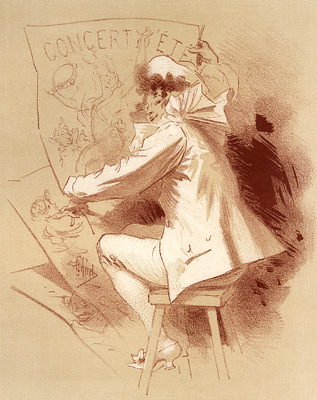
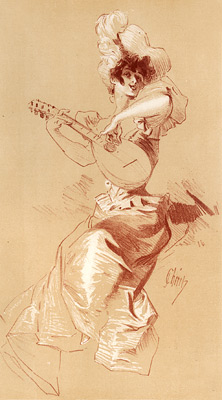

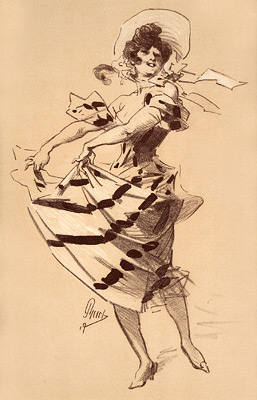
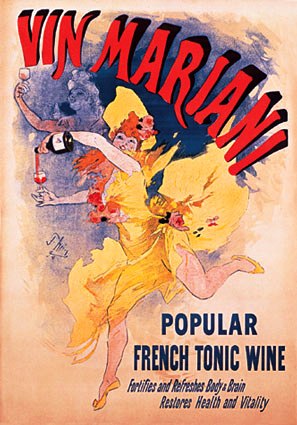
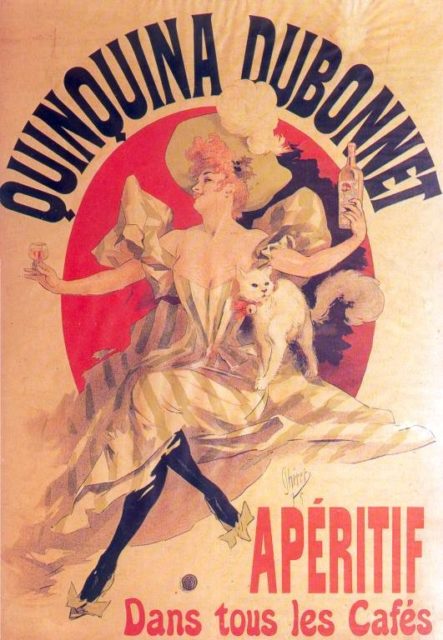
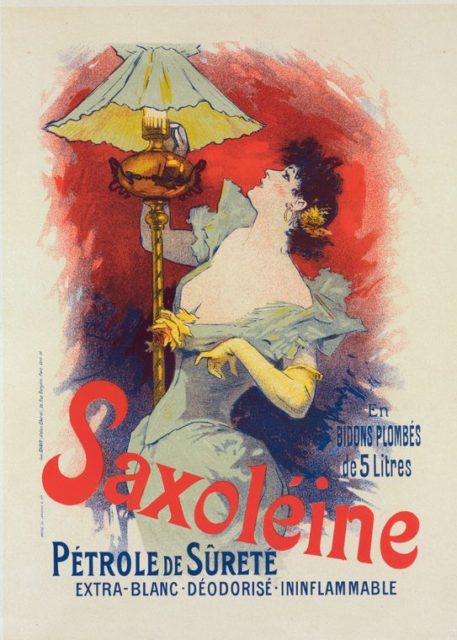
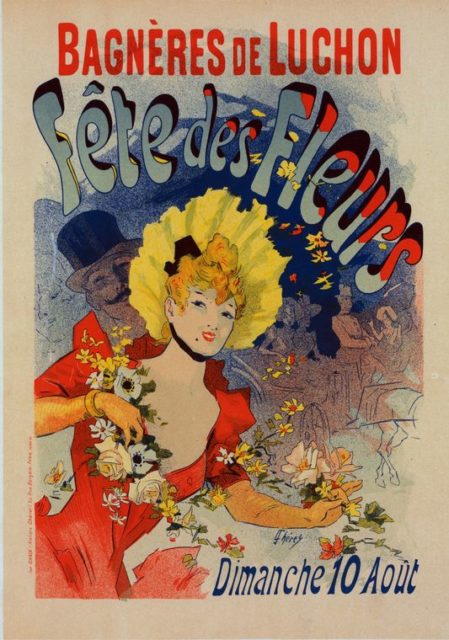
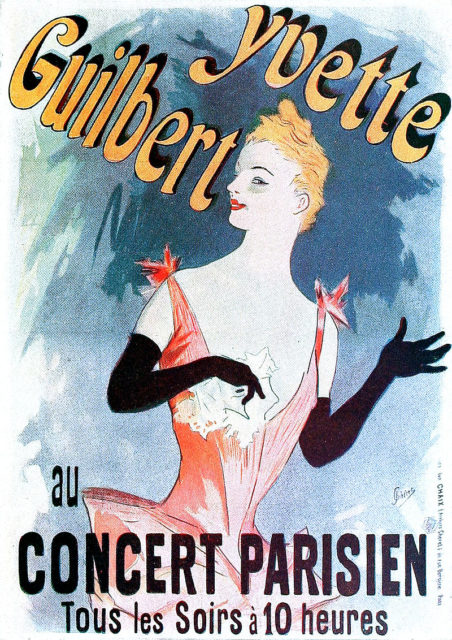
In 1859, Chéret left for London, where he remained for seven years practicing lithography. With his French artistic knowledge mixed with the British approach to printing and poster design, Chéret built unique design skills and style.
When he returned to France in 1866, during a time when most of his contemporaries struggled for acknowledgment in the artistic world, Chéret’s posters became popular and required for ads by the music halls, cabarets, and theaters such as the Olympia, the Eldorado, the Alcazar d’Été, Théâtre de l’Opéra, the Folies Bergère, and the Moulin Rouge. When he wasn’t busy creating posters for the theaters, Chéret was making illustrations for the satirical weekly “Le Courrier français.”
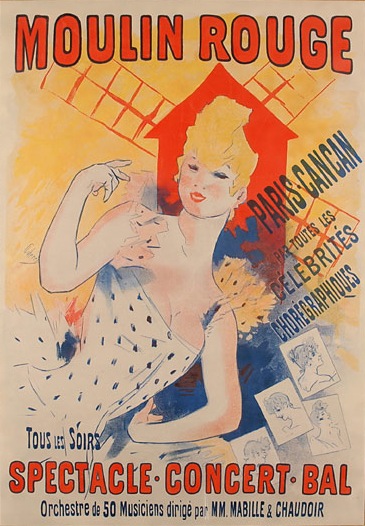
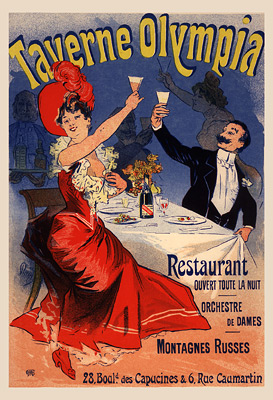
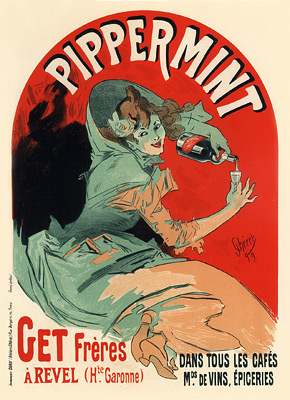

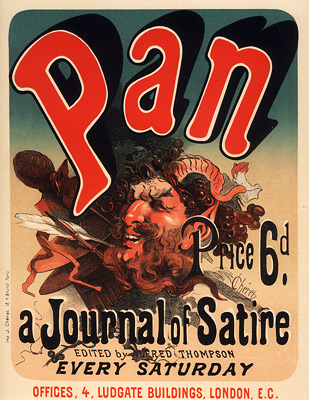
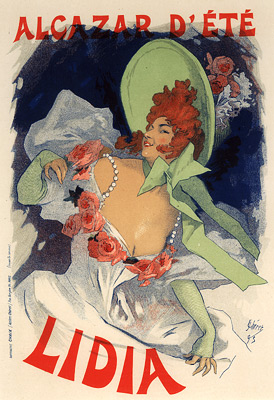
Chéret’s works were so much in demand that he also made ads for the municipal festivals, the plays of touring troupes, and later for different liquors and beverages. And that’s not all. He also designed different kinds of cosmetics, soaps, perfumes, and pharmaceutical products. It seems that a company was safe on the market as long as Chéret’s posters advertised it. He expanded his advertising business to the railroad companies and many manufacturing enterprises.
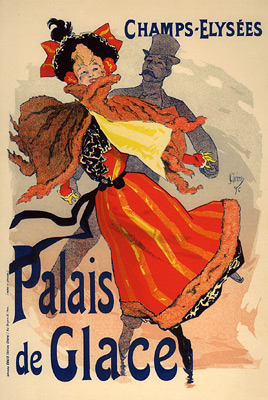
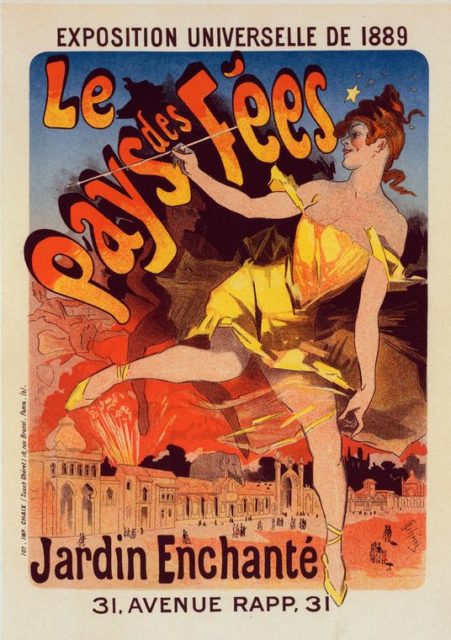
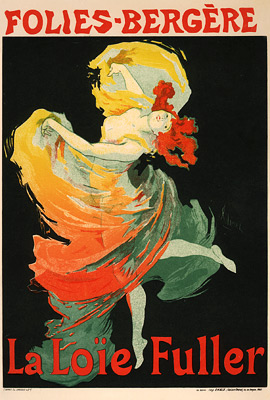
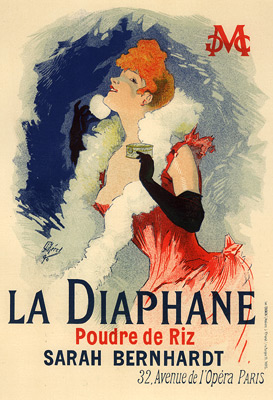
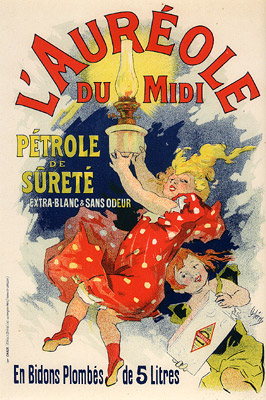
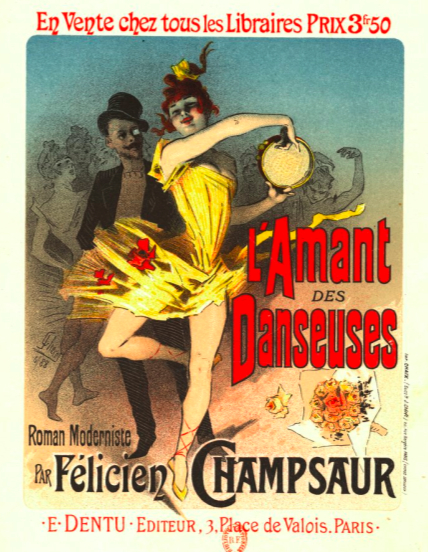
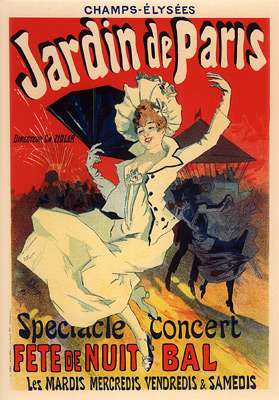
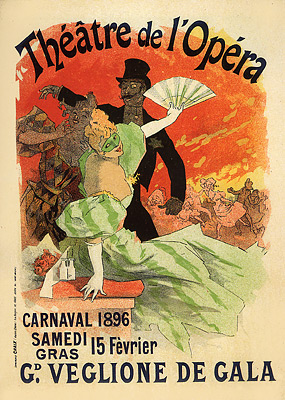
Grand Veglione de Gala

Émilienne d’Alençon

His posters, influenced by Rococo artists such as Antoine Watteau and Jean-Honoré Fragonard, can be recognized by the modestly free-spirited females displayed on them which led for Chéret to be called the “father of the women’s liberation.” He completely changed the puritanic way of depicting women in art.
The “Cherettes,” as they were popularly known, looked lively, elegant, and joyous. Apparently, Chéret is credited for the women’s spirit liberation as they got encouraged to show up in low-cut bodices and to smoke in public. These ‘Cherettes’ could be seen all around Paris and were easily recognized. As a writer of the time said: “It is difficult to conceive of Paris without its ‘Cheréts.'”
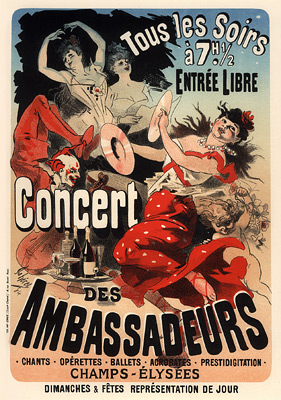
Champs-Élysées
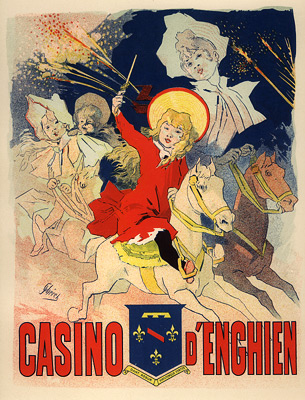
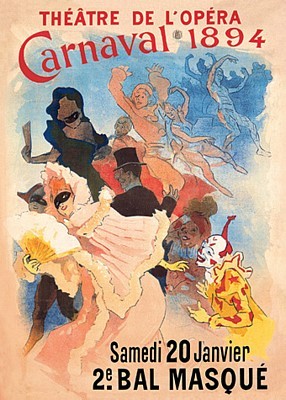
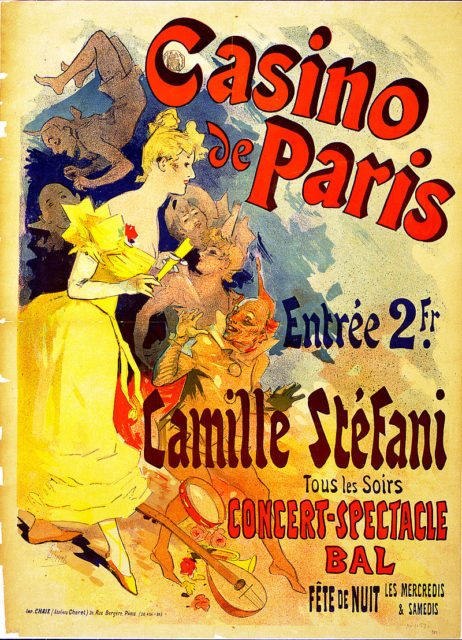
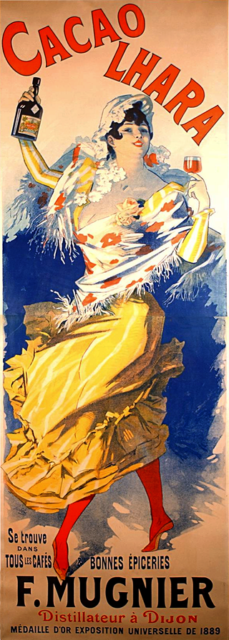
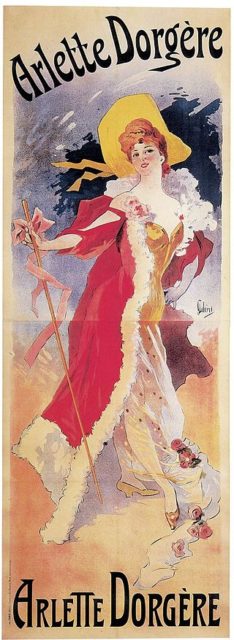
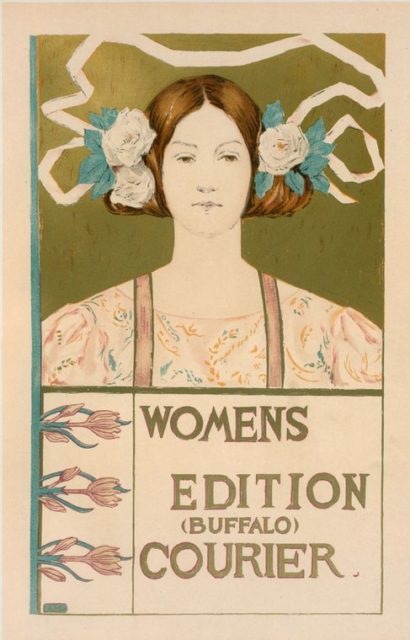
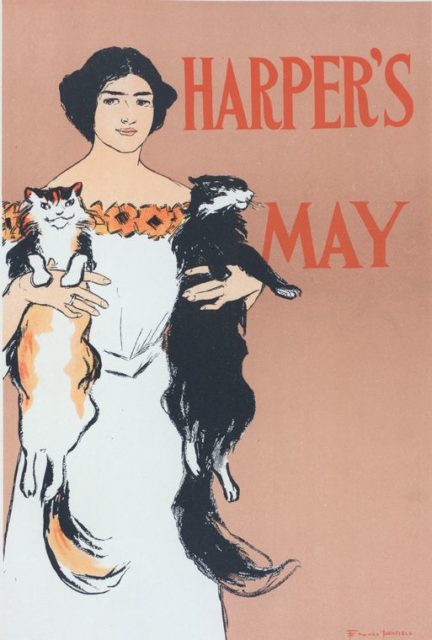
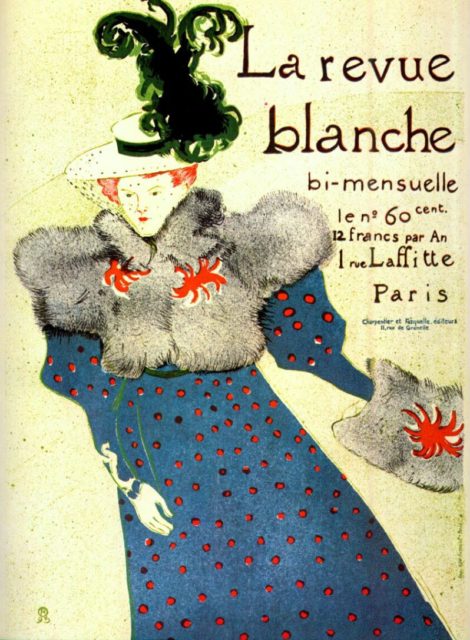
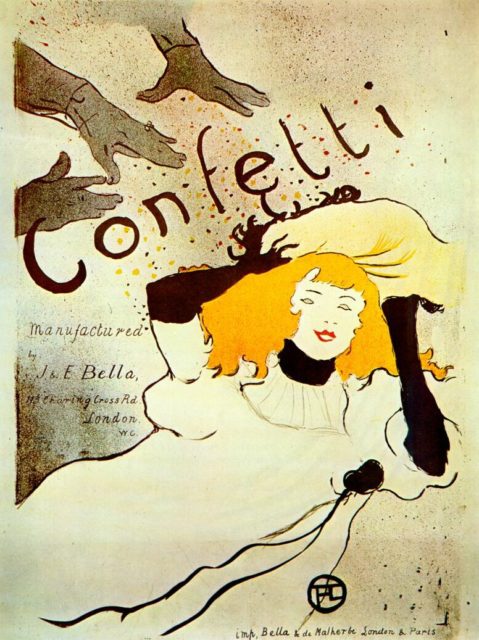
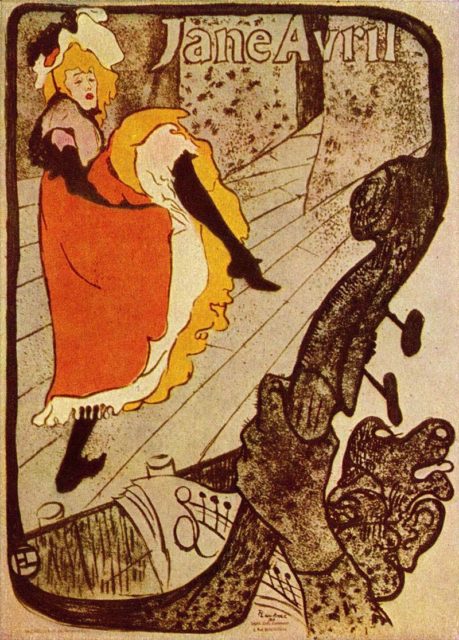
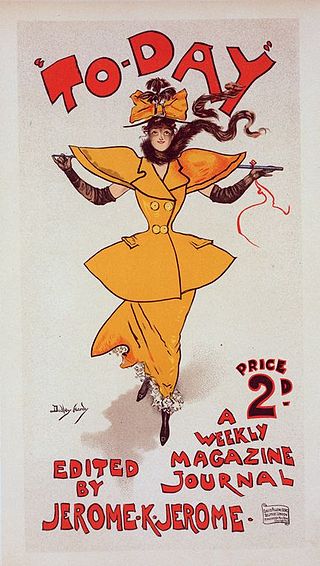
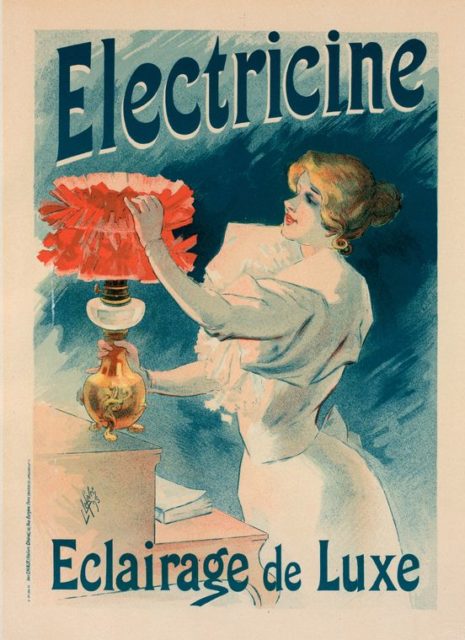
In 1895, “the father of poster art” created and published the “Maîtres de l’Affiche” (Masters of the Poster) which is a collection of 256 color lithographic reproductions by 97 Parisian artists. Among them are the works of Chéret, his student Georges de Feure, Henri de Toulouse-Lautrec, Charles Gesmar, and many other artists of the Belle Époque.
Chéret spent his last years on the French Riviera in Nice. He died in 1932 at the age of 96 and was interred in the Cimetière Saint-Vincent in the Montmartre quarter of Paris. In 1890, he was posthumously awarded the Légion d’honneur by the French Government for his outstanding contributions to the graphic arts.
